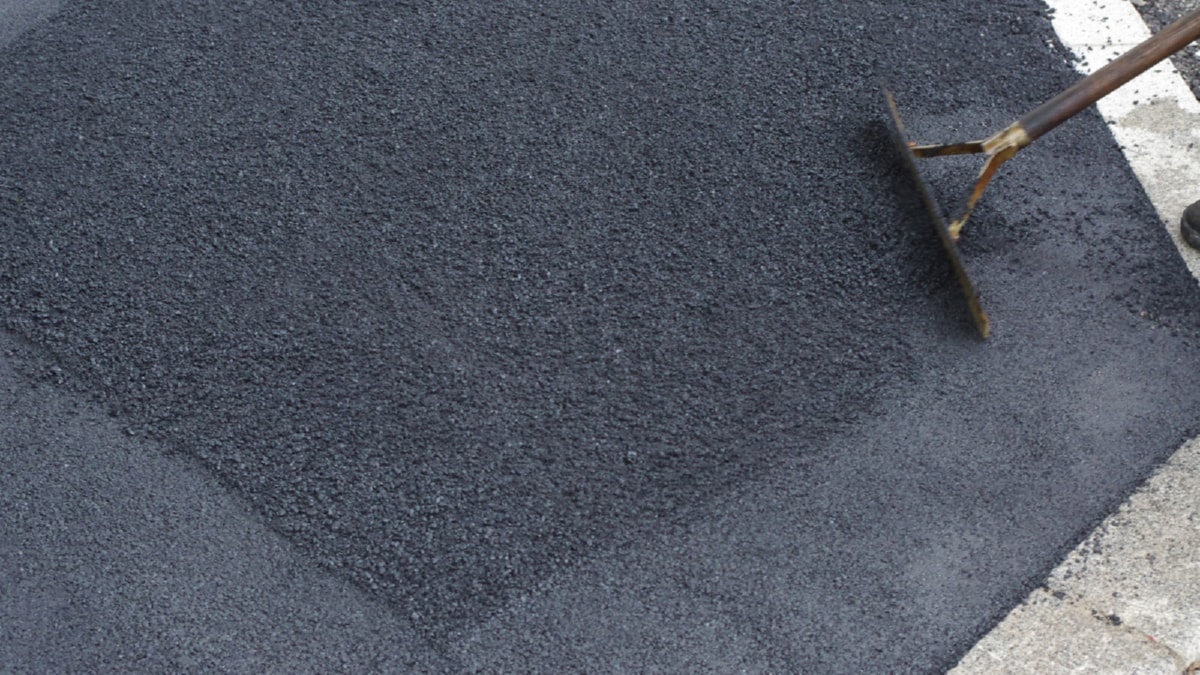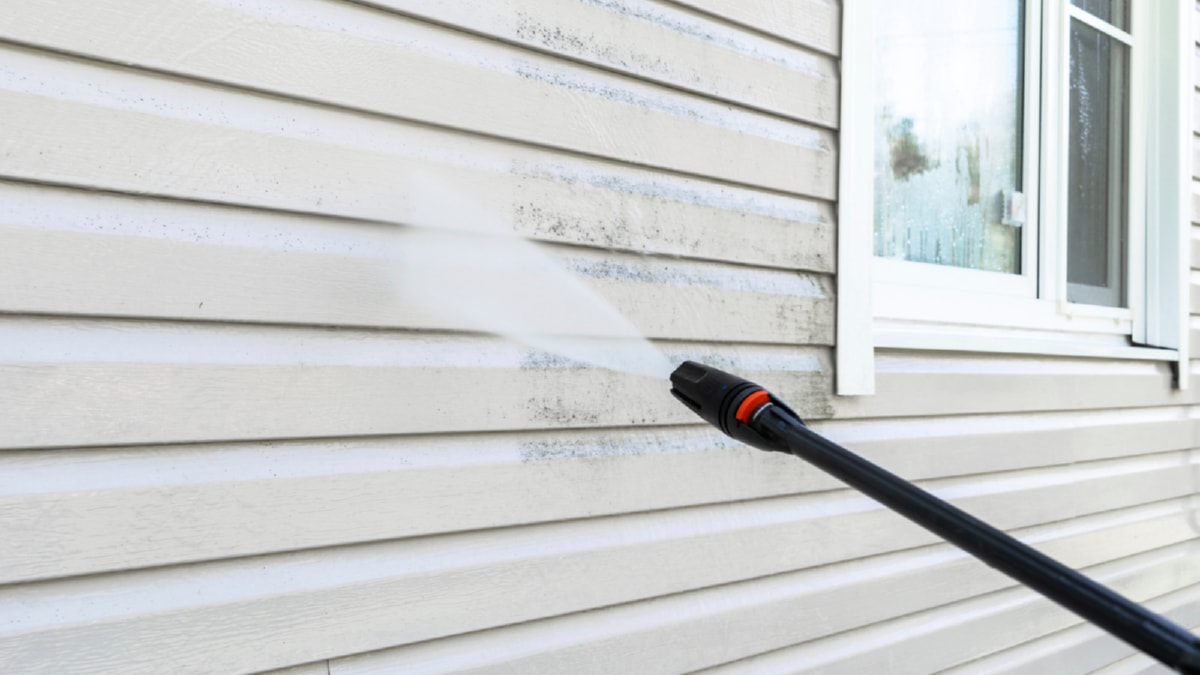Safety Measures: A Crucial Aspect of Construction
In the construction industry, safety measures are not just important, they are imperative. These safety measures help to prevent accidents, injuries, and unnecessary risks on construction sites. Without these safety guidelines, the risk of accidents and injuries is significantly increased, which can lead to serious consequences.
Safety measures encompass various aspects in construction, including the use of personal protective equipment (PPE), proper training, risk assessment, and regular inspections. Personal protective equipment, for example, protects workers from potential hazards and physical injuries. It may include items such as hard hats, safety goggles, reflective vests and protective footwear.
Proper training is another essential aspect of safety in construction. Workers need to be trained on how to use machinery safely, identify potential hazards, and take appropriate action in case of emergencies. Risk assessment, on the other hand, involves identifying potential hazards and implementing measures to reduce the risks associated with them.
Regular inspections are also a key part of safety measures in construction. These help to ensure that all machinery is in working order and that the work environment is safe. In case of any issues, they can be addressed promptly to prevent accidents.
Moreover, safety measures in construction are not just about avoiding injuries. They also contribute to the overall efficiency of the project. When workers feel safe, they are likely to be more productive and less likely to take time off due to injuries. Furthermore, a safe construction site also helps to maintain the reputation of the construction company, which can lead to more business opportunities in the future.
In conclusion, safety measures in construction are of utmost importance for the well-being of workers, the efficiency of the project, and the reputation of the construction company. Therefore, it is crucial that these measures are put in place and followed at all times.
The Importance of Building Codes and Standards in Construction
Construction codes and guidelines play a vital role in the construction industry. They serve as a guide for the design and construction of buildings and other structures to ensure safety, health, and general welfare of the occupants.
These codes and standards cover various aspects such as structural integrity, fire safety, plumbing, electrical systems, and energy efficiency. For example, codes related to structural integrity ensure that buildings are designed to withstand natural disasters like earthquakes and hurricanes. Fire safety codes, on the other hand, require buildings to have proper fire exits, fire-resistant construction, and effective fire suppression systems in place.
Moreover, understanding and adhering to these codes and standards is not just about complying with the law. They also play a crucial role in ensuring the durability and sustainability of the building. Furthermore, they can also contribute to the overall aesthetic appeal of the structure.
In conclusion, building codes and standards are an essential part of the construction industry. They help to ensure that buildings are safe, efficient, and aesthetically pleasing, and contribute to the overall safety of the occupants. Therefore, it is imperative for anyone in the construction industry to understand and adhere to these codes and standards.
Eco-Friendly Practices in Modern Construction
In recent years, there has been a significant shift towards eco-friendly practices in the construction industry. This is largely due to the growing awareness about the impact of construction on the environment and the need for sustainable solutions.
Eco-friendly practices in construction can take various forms, including the use of sustainable materials, energy-efficient designs, and waste reduction strategies. Sustainable materials, for example, are those that are recycled, renewable, or have minimal environmental impact. These may include bamboo, recycled steel, and reclaimed wood.
Energy-efficient designs, on the other hand, aim to reduce the energy consumption of the building. This can be achieved through various means such as insulation, energy-efficient windows, and solar panels. Waste reduction strategies, meanwhile, involve recycling construction waste, using less packaging, and minimizing resource use.
Furthermore, eco-friendly practices in construction not only benefit the environment, but they can also lead to cost savings in the long run. Energy-efficient buildings, for example, can significantly lower energy costs. Similarly, using recycled or reclaimed materials can also reduce construction costs.
In conclusion, eco-friendly practices in construction are becoming increasingly important due to the growing need for sustainability. These practices not only help to protect the environment, but they can also lead to cost savings and contribute to the overall aesthetics of the building. Therefore, it is imperative for the construction industry to continue embracing these green building practices.
Embracing Technology in the Construction Industry
Technology has revolutionized cost-effective almost every industry, and construction is no exception. Advancements in construction technology have led to increased efficiency, improved safety, and higher quality buildings.
One of the major advancements in construction technology is the use of Building Information Modeling (BIM). BIM is a 3D model-based process that gives construction professionals the tools to more efficiently plan, design, construct, and manage buildings and infrastructure. It allows for better collaboration, improved decision making, and increased productivity.
Another significant advancement is the use of drones in construction. Drones can be used for a variety of tasks, including surveying land, inspecting buildings, and monitoring construction sites. They can provide accurate data, reduce the risk of accidents, and save time and money.
Furthermore, advancements in construction technology
For more details, check best Insulation Services in Southeast Ireland or visit their Insulation Services Southeast Ireland business listing here.



